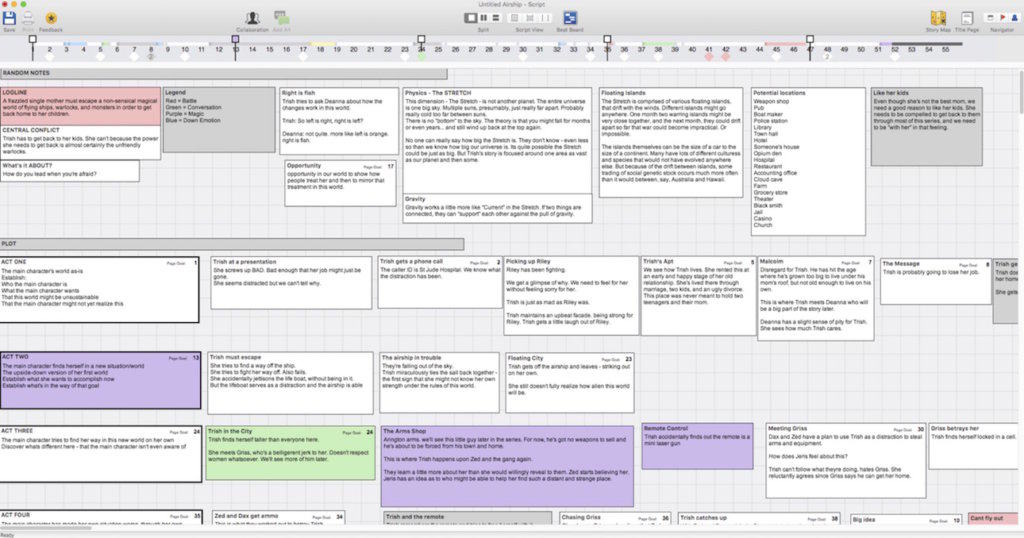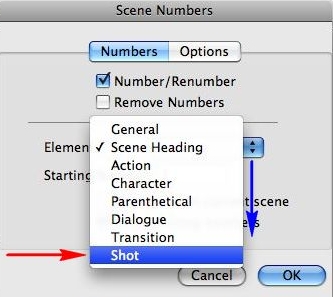

- Final draft 10 vs how to#
- Final draft 10 vs plus#
- Final draft 10 vs mac#
- Final draft 10 vs windows#
To toggle between the script and Scene Navigator, click the window desired or press Control+Shift+S (Windows and Mac OS). To switch between Navigator views, choose the desired view from the Navigator Menu. The Navigator window appears in the Index Card view (default). To view a script in the Navigator window, choose Tools>Scene Navigator.
Final draft 10 vs plus#
Both display the Scene Heading plus the first line of each scene. The Index Card view shows a maximum of nine "cards" horizontally. The Outline view provides a linear, top-to-bottom ordering of the scenes. Both views enable the script to be interactively reorganized.
Scene navigatorWith Scene Navigator, the script can be viewed in two different ways, Index Card view and Outline view. Once you resave the document, the title page saves with it. Close the title page, and resave your document. Open the title page (Document>Title Page), and type in your information. Save title pagesYou cannot save the title page by itself, because the title page is part of your document. If you have written your script using style sheets in another program, save the file as RTF instead of text only and open it the same way in Final Draft. Go to File>Save As and name, then save your document. The file will reformat with these parameters. If you would like to format it as a sitcom, stageplay or any other format, go to Format>Elements. You will be prompted to format it as a screenplay or text. Find the text file and open it (on Windows, change the Files of Type to text file). This text file can be opened in Final Draft and converted to a screenplay. First, open the file in the program in which it was created. ImportingAny file from another program can be opened in Final Draft in a few easy steps. Uncheck the Scene Continued top and bottom of page boxes to remove them from your script. 
To turn them off, go to Document>Mores and Continueds. However, Continueds are generally used in production scripts and are not necessary in drafts or spec scripts.
Mores & continuedsIf you've been using an ordinary word processor, breathe a sigh of relief-industry-standard Mores and Continueds are created and placed automatically as you write and edit your script. 
Select the Bookmark you want from the Goto list (Windows) or the Goto pop-up menu (Mac OS). To change the name of a Bookmark, select the Bookmark name, edit the name in the Bookmark name field at the top of the dialog box and click OK to apply any changes to the script. To insert a bookmark, select Document>Insert Bookmark.
BookmarksFinal Draft's Bookmark function lets you mark any spot in your script and jump to it with just a click of the mouse. To view and edit the Header and Footer window, choose Document>Header and Footer. Customizable header/footerLabel the top or bottom of each page with the page number, revision number, date, title, episode-anything you need. Click anywhere in the script to return to the script. Enter (or paste) text into the ScriptNote window. A ScriptNote Marker appears at that position, and a new ScriptNote window appears. To add/insert a new ScriptNote, click your mouse where the ScriptNote Marker should be placed and choose Document>Insert ScriptNote. Final draft 10 vs windows#
ScriptNotesScriptNotes are hideable notes for windows that can contain anything from comments about a scene to fully formatted script sections for later use.This is a great way to avoid typing reoccurring names and places to save yourself some serious time. SmartTypeSmartType is a database of character names, extensions, scene headings, locations, times and transitions that require you to enter just the first few letters Final Draft will type in the rest instantly.Note: Courier is the industry-standard font, so change it at your own risk. The customized font was specifically designed to provide a better, thicker and more properly spaced Courier font than the standard Courier or Courier New fonts.
 Font controlFinal Draft's default font is customized 12-point Courier. Type a Transition, then press Return to move to Scene Heading or press Tab to move to a Character Name. Type the dialogue, then press Return to move to Action or press Tab to move to Parenthetical. Type a parenthetical, then press Return to move to Dialogue or press Tab to move to the next Character Name. Type a character name, then press Return to move to Dialogue or press Tab to move to Parenthetical. Type an action, then press Return to move to another Action or press Tab to move to Character Name. Type a Scene Heading, then press Return or Tab to move to Action.
Font controlFinal Draft's default font is customized 12-point Courier. Type a Transition, then press Return to move to Scene Heading or press Tab to move to a Character Name. Type the dialogue, then press Return to move to Action or press Tab to move to Parenthetical. Type a parenthetical, then press Return to move to Dialogue or press Tab to move to the next Character Name. Type a character name, then press Return to move to Dialogue or press Tab to move to Parenthetical. Type an action, then press Return to move to another Action or press Tab to move to Character Name. Type a Scene Heading, then press Return or Tab to move to Action. Final draft 10 vs how to#
Element shortcutsKnowing how to use the Enter/Return and Tab keys can significantly cut down on your writing time.








 0 kommentar(er)
0 kommentar(er)
